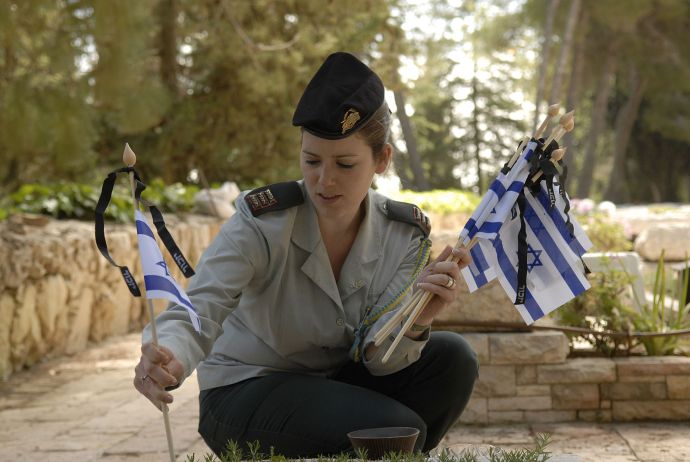
Q. What is Purim?
A. Purim is the Jewish Holiday which celebrates the deliverance of the Jewish people from Persian King Ahasuerus’ (Xerxes 1) plan to massacre all the Jews under his rule.
Q. How is Purim pronounced?
A. Poo-rim.
Q. Who celebrates Purim?
A. Jews around the world celebrate Purim.
Q. Where did Purim take place?
A. In the 127 provinces under King Ahasuerus’ rule, which spanned from India to Ethiopia. Most of the story took place in the Persian capital of Shushan which today is located in western Iran.
Q. Who is Haman?
A. Haman is the Persian minister who convinced the King to massacre the Jews.
Q. What does Purim mean in Hebrew?
A. Purim means lots. Haman cast lots to determine which day would be auspicious for the massacre of the Jews. Adar 14 was the date selected.
Q. Where is the story of Purim recorded in the Bible?
A. The story of Purim is recorded in the Book of Esther, which is in the third section of the Judaic canon, named Ketuvim, or Writings.
Q. When did the story of Purim take place?
A. The events described in the Book of Esther began around the years 483-482 BCE, and concluded in 473 BCE. Others say the dates of the story are from 369 BCE to 357 BCE.
Q. When is Purim Celebrated in 2019?
A. Purim begins after nightfall on March 20 and ends at nightfall on March 21. The Hebrew date on which Purim falls is the 14th of Adar.
Q. What is the story of Purim?
Esther’s uncle, Mordechai, rallied the Jews to fast and pray. Esther engineered Haman’s downfall at a private wine party to which she invited the king and the minister. The King hung Haman and issued a second decree which empowered the Jews to defend themselves against those who sought to kill them. Mordechai became the King’s chief adviser.
On the 13th of Adar — the day selected by Haman using lots, Jews successfully fought those who attempted to kill them. The following day, Adar 14, turned into a day of feasting and rejoicing . In the capital, Shushan, where the battle went on for two days, the victory celebration was held on Adar 15.
Q. What is Shushan Purim?
A. In the capital city of Shushan, the fighting took two days to end. Therefore the victory celebrations were held on the 15th of Adar. When the Purim Holiday was established, the sages decided that while most Jews would celebrate Purim on the 14th of Adar, those living in cities like Shushan (which is located in modern-day southwestern Iran) which were walled at the time of Joshua would celebrate on the 15th of Adar. This day is known as Shushan Purim. The only city in Israel which scholars are certain was walled at the time of Joshua is Jerusalem. So Jerusalemites celebrate Purim on the 15th of Adar, Shushan Purim.
Q. What is the Megillah?
A. Megillah means scroll in Hebrew. The Megillah is the scroll on which the Purim story is written in Hebrew.
Q. How is Purim celebrated?
A. Jews go to hear the Megillah read on the evening of Purim and on Purim day. It is customary to give charity to the poor and to give gifts of food to family and friends. People, especially youngsters, dress in costumes and deliver these food packages. Then late afternoon, Jews gather with family and/or friends to eat a festive meal with wine and other beverages.
Q. What are Purim cookies called?
A. Hamentashen- pronounced Huh-Min-Tah-Shun. which in Yiddish and German means Haman’s pockets. In Israel, they are called Ozney Haman. (See the picture above.)
Q. How are they associated with Purim?
A. Towards the end of the 18th century, a new cookie became popular in Europe: pockets of dough filled with poppy seeds, called MohnTaschen, German for “poppy pockets.” At the beginning of the 19th century Jews began using them as Purim treats, probably because Mohn sounds like Haman. This pun was so popular that by the beginning of the 19th century, the cookies were called hamantaschen. The cookie is triangular and is filled with almost anything; the most common fillings are fruit, jam, poppy seeds and chocolate.
As the cookies became more popular, various explanations were given for their association with Purim. One is that we eat hamentasch (the singular form) because “Haman tash” – Hebrew for “Haman was weakened,” which should remind us that Haman was beaten only because the Lord weakened him. Another explanation is that the shape of the cookie reminds us of the three corned hat worn by Haman. Others say the fillings may represent Esther’s meals while in the palace, or the sweetener- money- which Haman used to bribe the King to accede to his request for the massacre of the Jews. Others say that Hamentaschen, Haman’s pockets in Yiddish, may refer to the money he offered the King, from his “pocket,” for his acquiescence to the murder of the Jews. The three corners may also refer to the three Patriarchs- Abraham, Isaac and Jacob- in whose merit the Jews were saved or whose “power” weakened Haman and strengthened Esther in her quest to save the Jews.
In Palestine, the British name for the Land of Israel till 1948, Eliezer Ben Yehuda, who created Modern Hebrew, decided to call the cookies “ozen haman”, the ears of Haman in Hebrew. However, the original Ozney Haman, which were made in Europe, were ear-shaped fried cookies dipped in honey. These may have reminded people of the custom of cutting off a criminal’s ears before his execution. These cookies, however, fell out of favor during the 19th century and are no longer made.
Today, in Israel, Hamentashen are referred to as Ozney Haman, and may be filled with just about anything from dates to chocolate to spinach,
Q. Can Purim fall on a Friday or Saturday?
A. The Jewish calendar is so made that Purim can fall on a Friday, but not on a Saturday.
Q. Can Jews go to work on Purim?
A. Yes. But nowadays most religious Jews don’t work on Purim. The sages said that people who work on Purim won’t see a blessing from their profits from that day. Purim is a joyous holiday and people should enjoy the day with family and friends.
Q. What is a Gragger?
A. On Purim, it is traditional to drown out the name ,”Haman'” when it is read from the Megillah on Purim. A gragger is a wooden or metal noisemaker used to block out the word ‘”Haman.” Graggers often consist of a handle fixed to a cogged wheel. When the Gragger is spun, the cogs on the wheel tap a thin piece of wood or metal fixed to the handle, creating a loud sound. However, anything can be used to drown out the name, including stamping the feet, whistles, car horns, etc.
Q. What is the proper Purim greeting?
A. The appropriate English greeting is Happy Purim. In Yiddish, one would say,” A Freilichen Purim.” In Hebrew, one says Chag Sameach.
Q. Why is the observance of Purim especially important today?
A. Purim is all about an anti-Semite who wished to kill all the Jews. This theme is, unfortunately, resonating loudly with Jews today. Almost 75 years since the end of World War II and the worst massacre of Jews ever committed, Anti-Semitism is a metastizing cancer in virtually every country in the world, except Israel. Since Israel, the homeland of the Jews, is not only alive and well, but is becoming a world power, it has become fashionable to mask anti-semitism under the guise of objections to Israel. However, when the aim is not to challenge Israel’s policies, but the very existence of the State, then that is anti-semitism.
How can anti-Semitism be recognized? The International Holocaust Remembrance Alliance includes the following: The targeting of the state of Israel, conceived as a Jewish collectivity. However, criticism of Israel similar to that leveled against any other country cannot be regarded as antisemitic. Antisemitism frequently charges Jews with conspiring to harm humanity, and it is often used to blame Jews for “why things go wrong.” It is expressed in speech, writing, visual forms and action, and employs sinister stereotypes and negative character traits.
According to the The International Holocaust Remembrance Alliance, examples of antisemitism in public life, the media, schools, the workplace, and in the religious sphere could, taking into account the overall context, include, but are not limited to:
- Calling for, aiding, or justifying the killing or harming of Jews in the name of a radical ideology or an extremist view of religion.
- Making mendacious, dehumanizing, demonizing, or stereotypical allegations about Jews as such or the power of Jews as collective — such as, especially but not exclusively, the myth about a world Jewish conspiracy or of Jews controlling the media, economy, government or other societal institutions.
- Accusing Jews as a people of being responsible for real or imagined wrongdoing committed by a single Jewish person or group, or even for acts committed by non-Jews.
- Denying the fact, scope, mechanisms (e.g. gas chambers) or intentionality of the genocide of the Jewish people at the hands of National Socialist Germany and its supporters and accomplices during World War II (the Holocaust).
- Accusing the Jews as a people, or Israel as a state, of inventing or exaggerating the Holocaust.
- Accusing Jewish citizens of being more loyal to Israel, or to the alleged priorities of Jews worldwide, than to the interests of their own nations.
- Denying the Jewish people their right to self-determination, e.g., by claiming that the existence of a State of Israel is a racist endeavor.
- Applying double standards by requiring of it a behavior not expected or demanded of any other democratic nation.
- Using the symbols and images associated with classic antisemitism (e.g., claims of Jews killing Jesus or blood libel) to characterize Israel or Israelis.
- Drawing comparisons of contemporary Israeli policy to that of the Nazis.
- Holding Jews collectively responsible for actions of the state of Israel.
Why is it important to know these signs? Because waiting until it was too late -as was done in the case of the Holocaust- and ignoring the warning signs can lead to catastrophe. Therefore, it is of extreme importance to know the signs of anti-Semitism and to draw attention to and call out those manifesting these signs. Anti-Semitic acts and words cannot be ignored, Excuses cannot be made for words uttered or actions performed. Let’s face it. When people are not happy and seek to blame others for their problems, whom do they blame- the Jews.
So let’s take a lesson from Queen Esther. While there’s still a chance to change matters, ACT.
And finally, remember Israel is there for all Jews, regardless of their religious observance and belief, or lack thereof. It is the homeland of the Jews and the only place in the world where Jews are always and truly welcome.
HAPPY PURIM!









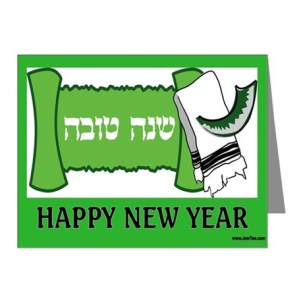





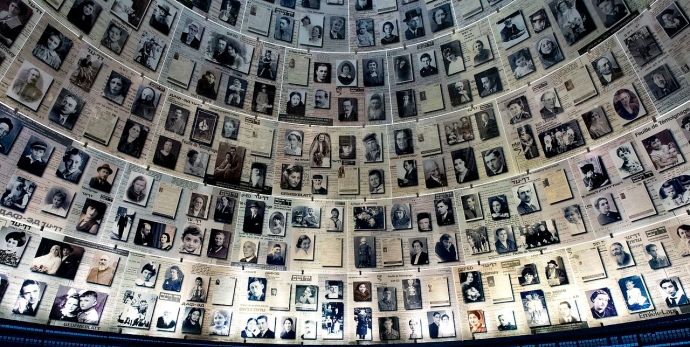
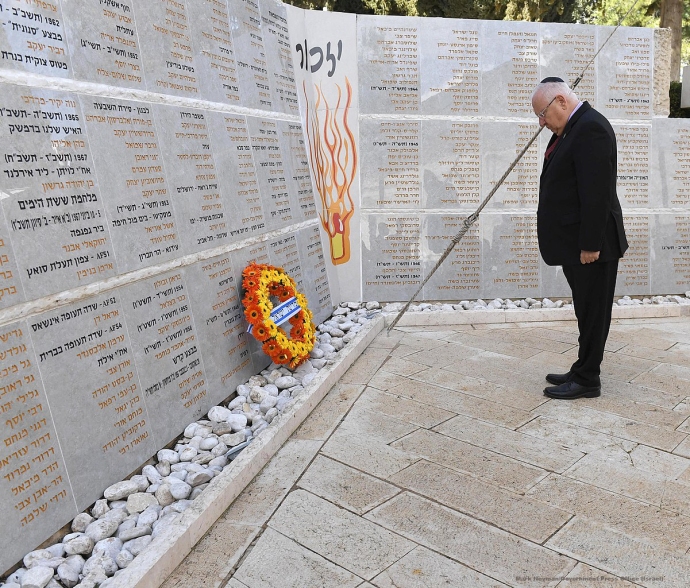

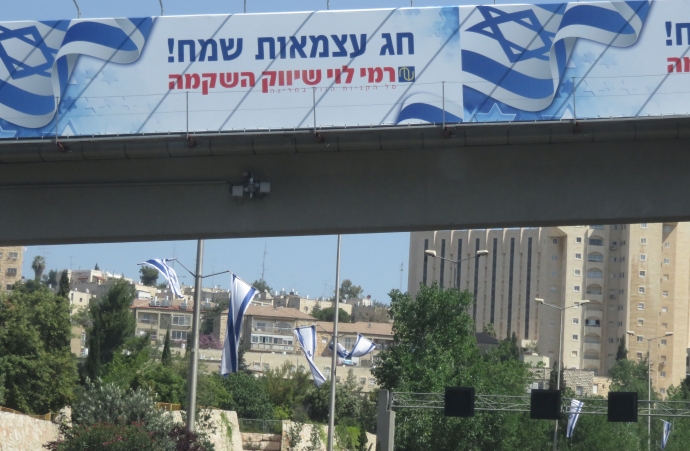
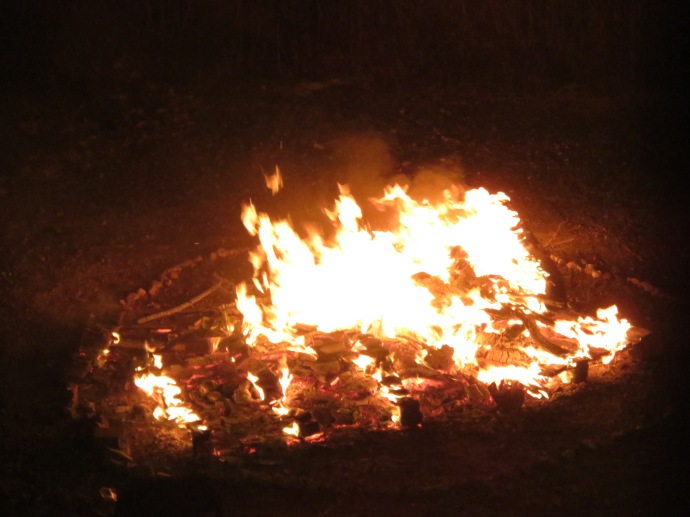

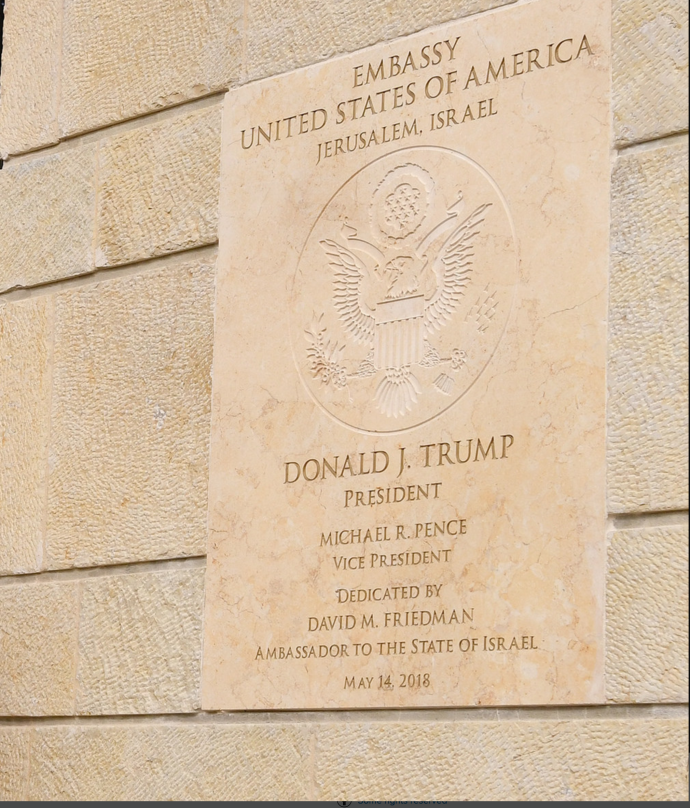

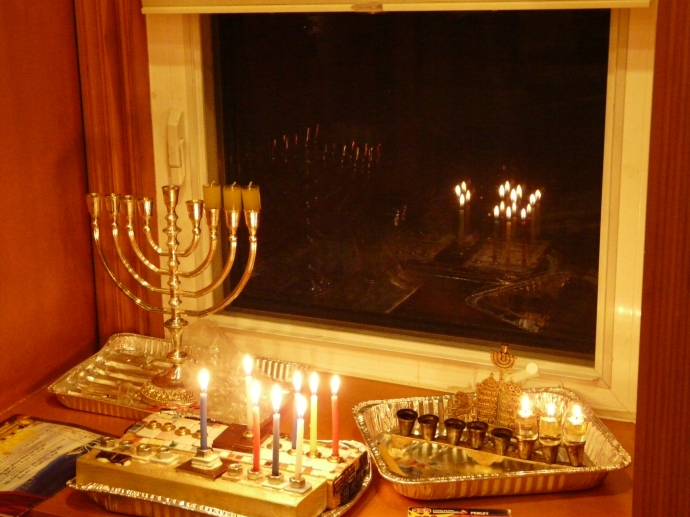
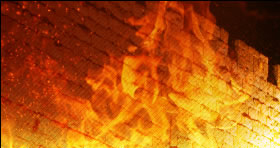 Tisha B’av, the ninth day of the Hebrew month of Av, is a fast day commemorating
Tisha B’av, the ninth day of the Hebrew month of Av, is a fast day commemorating
